Autism, Structured Teaching and the TEACCH Approach
The TEACCH Approach: Personalisation not Normalisation
One of the main issues I have with labels is the group children with a huge array of skills, interests, and talents together and that leads to approaches to their education that try to suggest it will work with anyone who has that label. I have used the TEACCH approach widely in a range of classes but never with the whole group and even if two students use it the way they use it is very different.
I work with children all of whom have a diagnosis of Autism & associated communication difficulties. As a school, we aim to support them to manage the frustration that leads to sometimes behaviour that challenges us as adults to support them through their distress. In this role, both the children and myself as the class teacher, are supported by a team of experienced and very capable learning support assistants.
An Individualised Approach to Structured Teaching
As anyone who has worked with children who have a diagnosis of Autism knows there is no one size fits all answer to their educational needs. I have a range of classes from 4 to 7 children who each demand a completely individualised approach to enable them to succeed in a classroom environment.I must stress I never seek to fit the child into my class but adapt the environment as much as possible to reduce stress for that young person.
This means no two resources or even lesson plans will be totally suitable for each individual. Each learner demands a bespoke approach to their education. For some the fact they are in a classroom with other children is an achievement that we struggle to comprehend. That often they will smile, laugh, seek interaction, and affection defies the stereotypes I was briefly told about on my initial teacher training.
Here is a short guide on using the TEACCH structured teaching approach in the classroom for students with autism:
How To Use TEACCH in the Classroom
Here are tips for implementing TEACCH in your classroom:
Physical Structure
- Organize classroom areas visually with defined spaces for each activity. Use shelves, furniture, carpet squares, etc. to create clear boundaries.
- Use visual schedules with photos/drawings depicting daily activities in sequence. Review schedule frequently.
- Post visual rules with clear illustrations of classroom expectations.
- Have individual workstations to limit distractions during independent work.
- Arrange materials systematically for clear organization and easy access.
- Post visual supports like first-then boards, timers, and task checklists.
Structured Teaching Activities
- Break tasks into systematic step-by-step instructions using checklists, schedules, and activity sequences.
- Adjust teaching methods and prompts to each student’s needs using scaffolding, modeling, gestural cues, etc.
- Alternate high-focus activities with movement breaks to maintain engagement.
- Offer structured social skills lessons on topics like sharing, emotions, and conversation skills.
- Incorporate students’ special interests into lessons and visual supports to motivate learning.
- Use visual supports like writing frames and graphic organizers to provide cognitive structure.
Routines & Visual Systems
- Establish structured daily routines with clear activity sequences. Use picture schedules and timers.
- Teach transition routines like clean-up songs to ease shifting between tasks.
- Develop classroom-wide visual systems for communication, behavior expectations, and independence.
- Train classroom staff on maintaining visual systems and structured teaching methods consistently.
The TEACCH Course
In my NQT year, I attended the 3-day TEACCH course. This covered the TEACCH approach, research and values with both the theoretical and practical examples of the highly structured TEACCH method. The part I was most interested in was how to implement a highly structured visual approach for individuals & groups. As all teachers know you cannot take an approach that works in one school and shoehorn it into another setting, everything could and should be personalised within the framework.
Since that course, I have implemented this approach in all my classrooms to a greater or lesser degree. some learners benefit from the whole approach, rigid structure and detailed visual timetables. For some pupils this becomes too restrictive and can lead to anxiety if a favoured or disliked activity is introduced at the wrong time or a staff change is required at short notice.
TEACCH Work Tasks or Worksheets?
The most effective strategy I have embedded from the TEACCH approach is that of work tasks. These are self-contained and, as much as possible self-explanatory activities for the child to complete. Usually this is for a reward – however, this could be another whole blog post in itself. These can be put in a “start” tray or drawer and placed in a “finished” tray or box as completed.
The key principle is that the child should know exactly what is expected of them. Do not ever place a new task in the tray as they are working, it’s not fair and breaks trust. I usually give two or three tasks with an expected time of 10-15 minutes following a bit of teacher-led or group work to form the core of the lesson. These tasks can be done in pairs or at a group table but they are usually completed at an individual workstation. This is of vital importance in a special school where the social aspect of education is as (if not more?) important than the academic part.
I have made, tweaked and borrowed ideas for hundreds of different teaching resources over the years. there are many resources available online Pinterest is particularly useful.
Making these resources can be very time-consuming but once made, as long as you have ample storage space you can use them over and over again. Here are a couple I would like to share with you:
TEACCH Activities: Shape Sorting Work Task
A simple shape sorting TEACCH task box made from scavenged Ice cream tubs and shapes from the resources cupboard. This is very basic and because mistakes can be made but should not be the a cause of frustration you can assess the end result (are all the shapes right etc) You could adapt to be more structured by having holes that only accept the correct shape. It is very plain with no instructions, If needed a prompt sheet or teacher instruction can be used, you could even film a solution or peer completing the activity to be viewed on the ipad or IWB. You should also carefully plan the level of challenge the task will present to the learner. You could build this over time, or with careful consideration of the individual’s needs create challenges for them to overcome – such as having to request a missing piece using their PECS book.
Healthy Eating TEACCH Work Task
These are some of my favourites, self contained and easy to store in old DVD cases, VHS are even better as you have more room.
This is a simple matching healthy and unhealthy foods using the same symbols and the children’s PECS books. All resources are stored inside the case. The child just has to open it and take out the laminated velcroed sheets. You can differentiate by removing words or symbols etc using a dotted font to overwrite or adding incorrect coins.
Money Sorting TEACCH Task Box
Similar idea but with coin identification. The coins are attached with Velcro to the inside of the DVD case and matched to the sheet on the other side. The child can then overwrite the names. Real coins are best to use here. And of course you can adapt the task as the child develops their skills by just replacing the sheet with a more challenging one.
An Example TEACCH Workstation
Finally just a picture of a workstation in my classroom. The blue board can be used to mount visual schedules but is mainly to reduce sensory distractions such as light or movement of others. The silver trays are start on the left and finished on the right. The iPad is the motivator, it may not be appropriate to have on the desk but I find it gives the child control and shows trust.
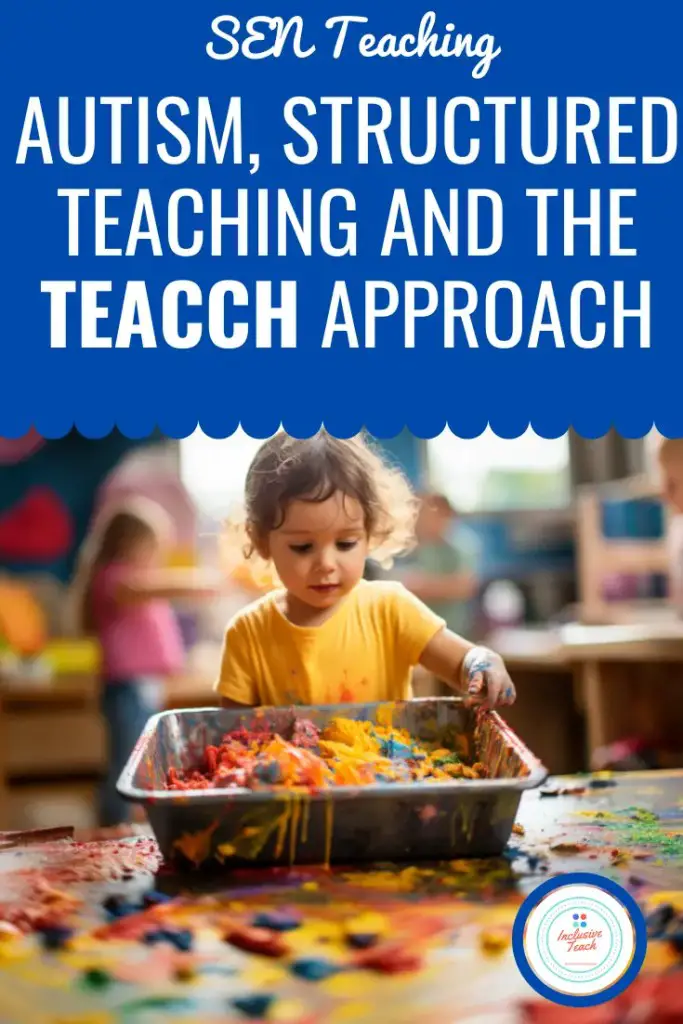
I hope you have found these ideas useful.


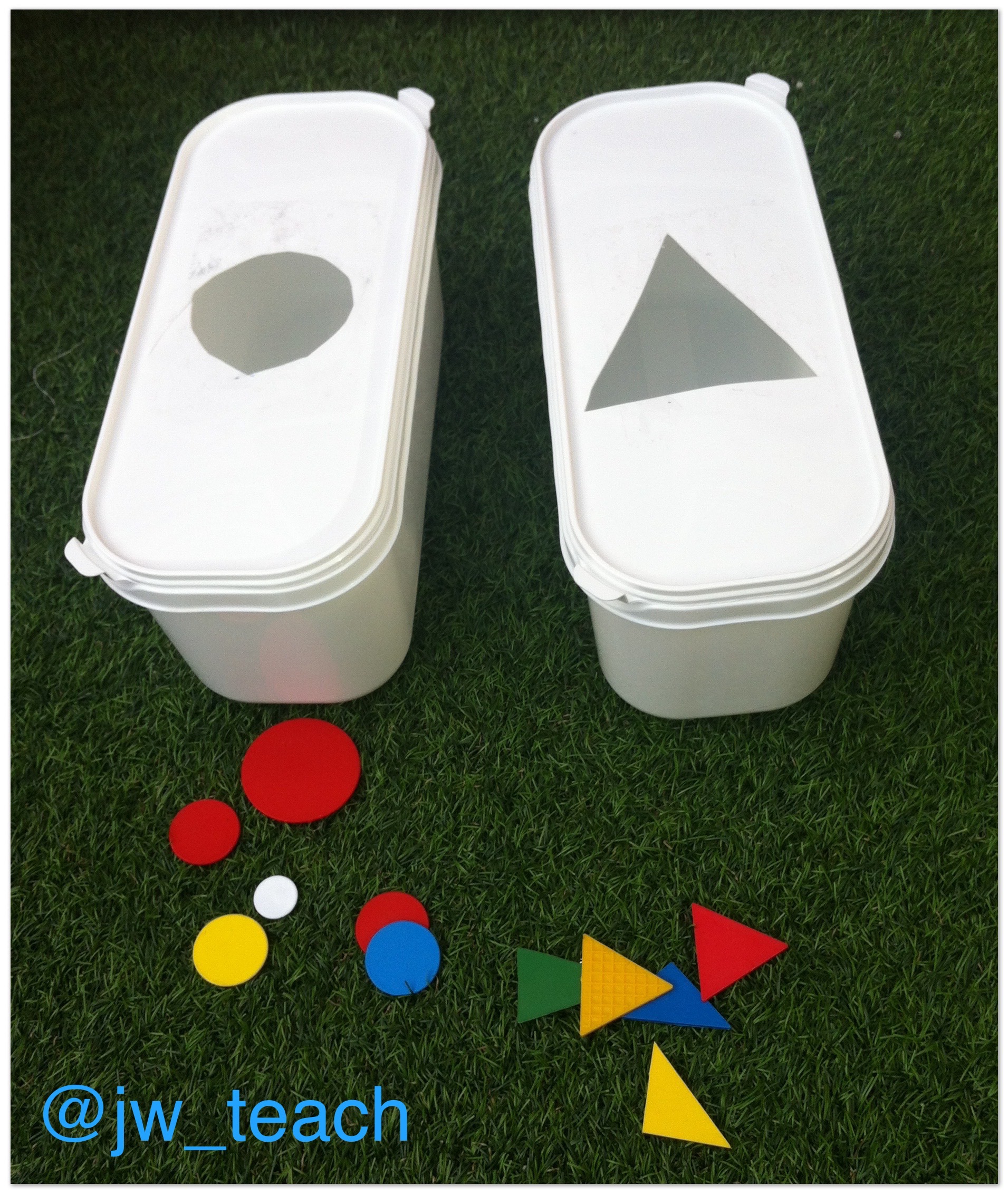
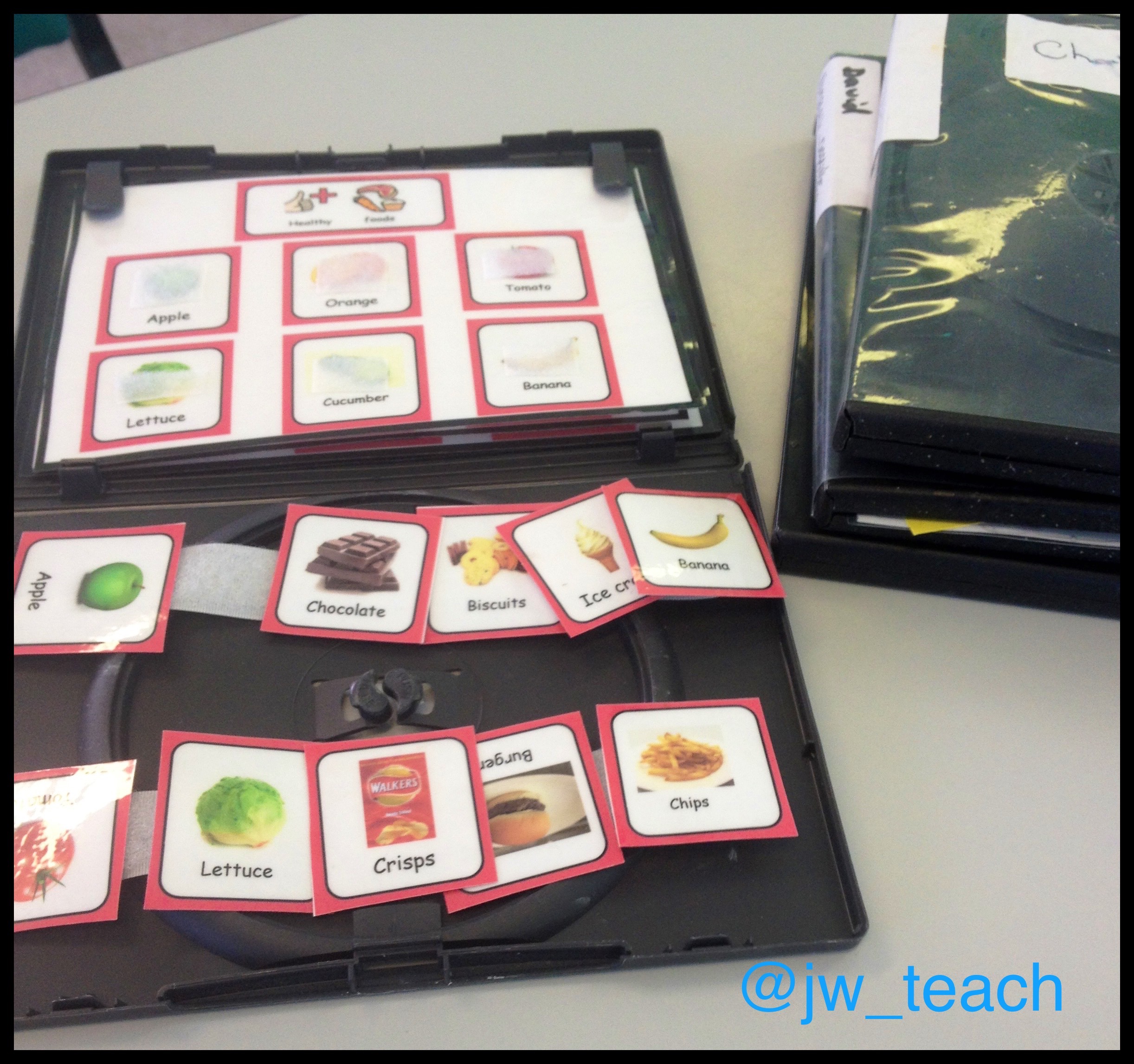
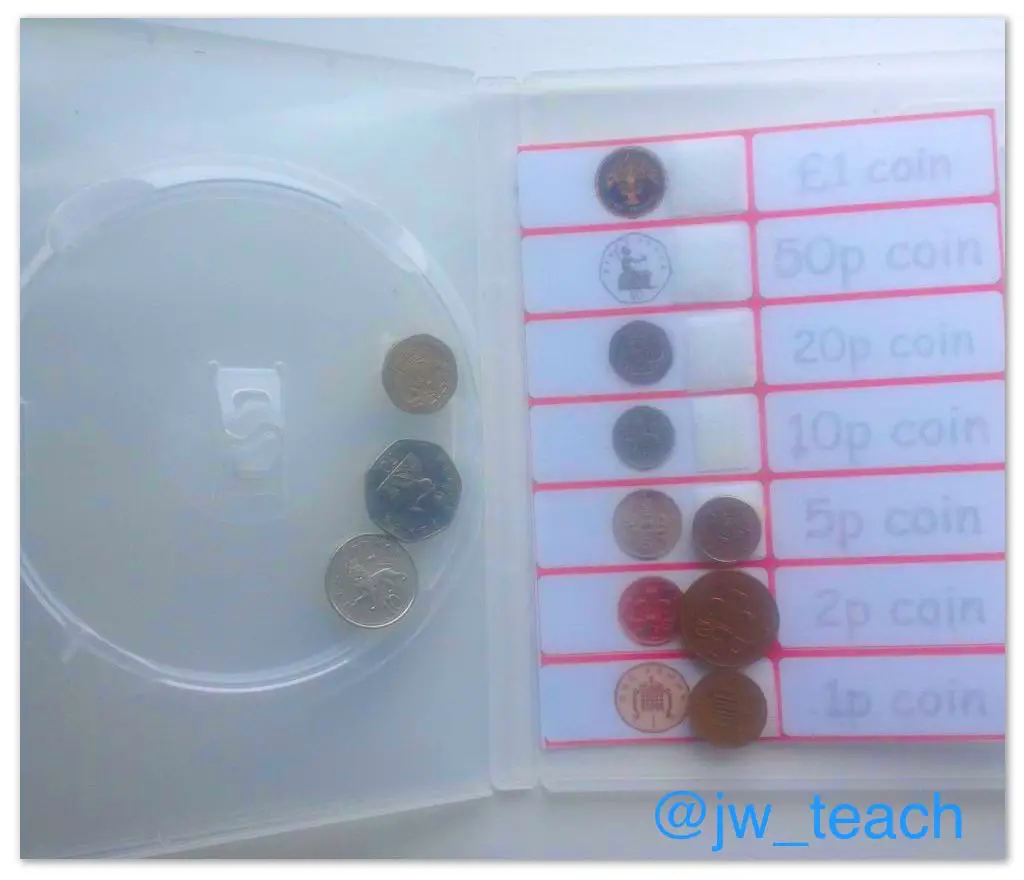
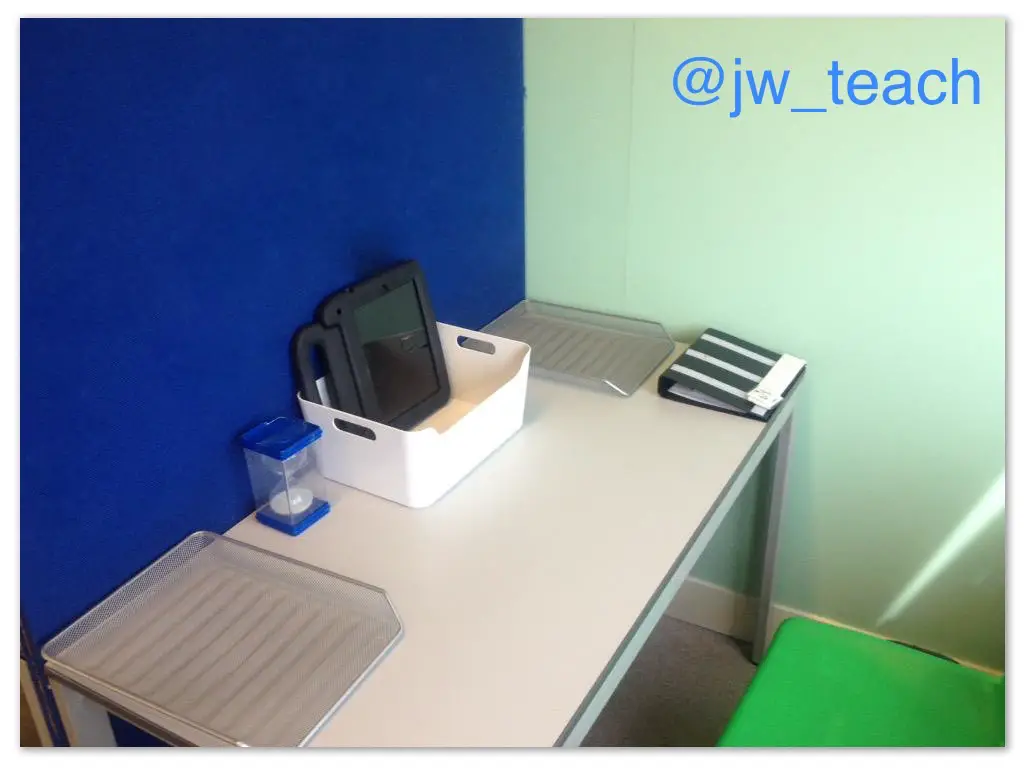
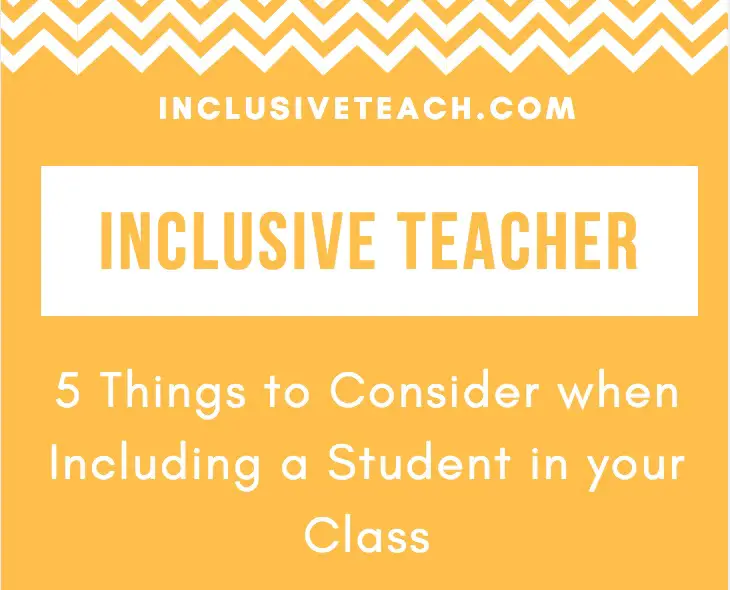
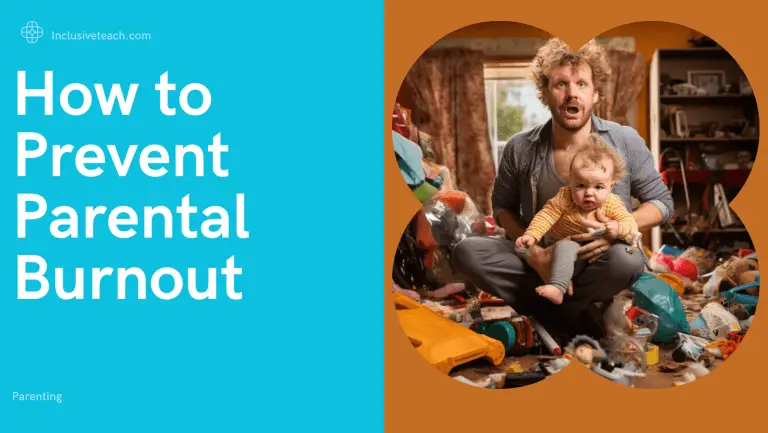
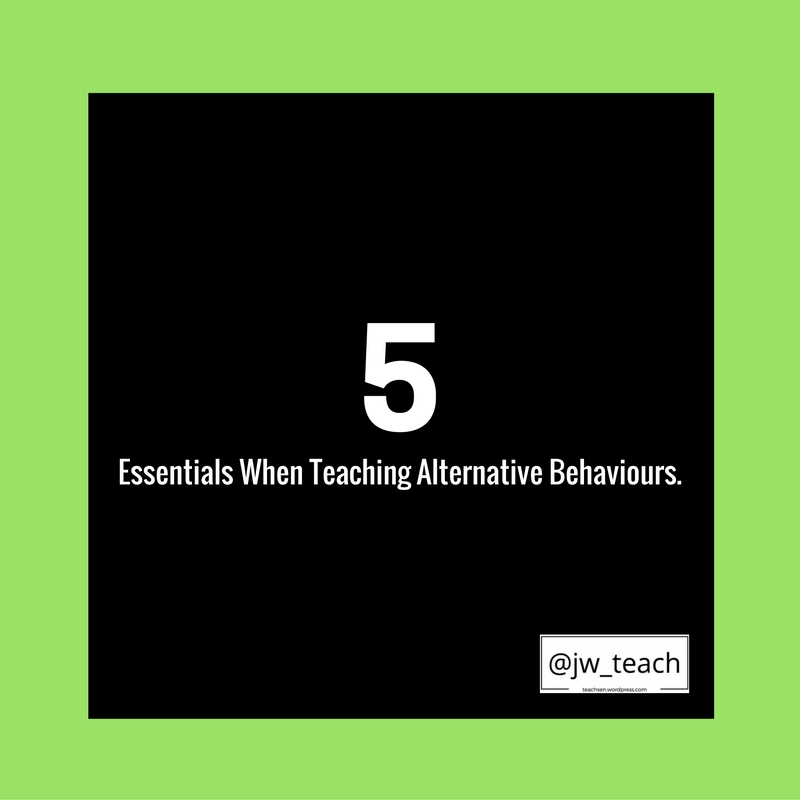

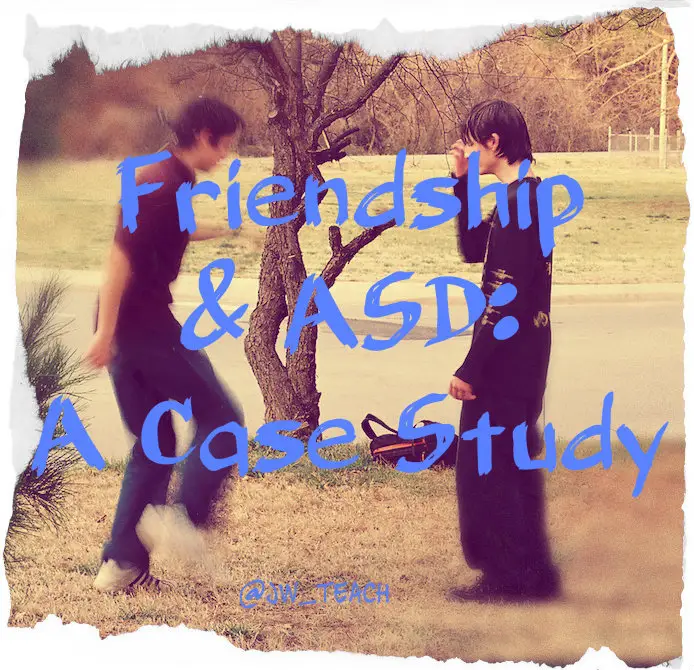
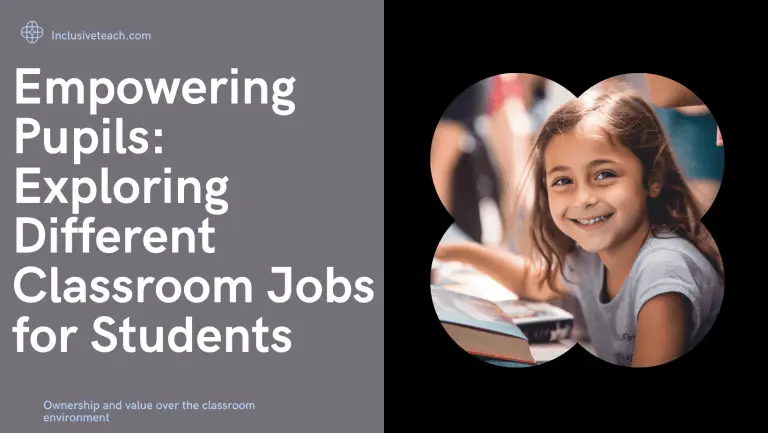
Reblogged this on We Called Him Lucky and commented:
The best TEACCH post I’ve read…